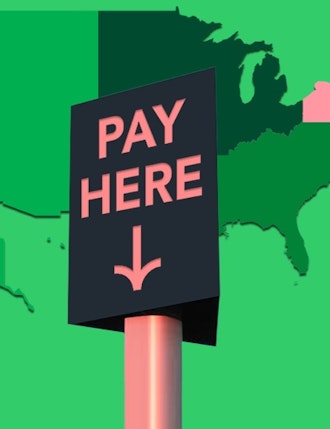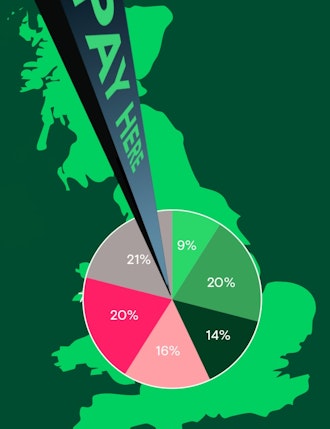Instant, Invisible and Free (IIF) – it’s a phrase sure to give directors of financial institutions (FIs) nightmares as they contemplate the erosion of payment fees.
When people use Starbucks and Uber apps to pay for their coffees and fares, it costs them nothing, writes Alan McIntyre, Senior Managing Director and Head of the Global Banking Practice at Accenture. “As a growing number of companies learn from Starbucks and Uber and focus on payments as an enabler of their core business model, banks will face significant disruption,” he predicts.
The rise of financial technology firms (FinTech) is slowly but steadily boxing in Financial Institutions (FIs)and traditional acquirers. They are in danger of becoming exchangeable payment pipes, with ever-shrinking margins on transaction fees. FinTechs know that IIF is essential to winning market share and customer loyalty, so they will focus on earning profits by monetizing the data they capture from transactions.
Payments are the lifeblood of an economy, but in the digital era it is the data that has value. With the application of artificial intelligence, companies that own the data will be able to close the loop between buyer intent and action. Thus driving the value of data ever higher.
Hampered by regulations and confounded by “open environments,” FIs are on the brink of losing their final competitive advantage. That is, control over the huge pool of financial transaction data. They can only compete by adopting a digital mindset. They must re-think traditional rather than clinging on and hoping to justify existing solutions.
Among various players in the payment processing industry we can see 3 active strategies for modernization evolving:
1) Mergers & acquisitions
This was the predominant theme in 2018 and 2019, whereby larger, international players attempt to overcompensate for shrinking margins by achieving even lower processing costs through economies of scale. That led to a rash of megamergers among large acquirers.
The global payments market is still fragmented, with many financial institutions only covering certain aspects of the value chain. But it remains a very attractive opportunity, with digital payments estimated to grow at a 7% CAGR to $90 trillion in 2030.
All market players are confronted with the reality of the shifts happening in a more complex, faster changing, omni-channel world. Both FIs and high-street retailers are overstrained and threatening to shift their market share to more agile, digital players. So larger acquirers and payment processors are on an acquisition spree to expand the customer bases and into new regions and territories. Key to success is achieving scale, pursuit of high-growth opportunities, and completion of value chains.
2) Being proactive
A proactive approach that concentrates on creating flexible solution tool sets of products, services and integration layers that helps customers grow their business, improve operating efficiencies, and/or manage their finances in a healthier manner.
Payment integrators, including next-generation processors and managed services providers are providing payment services as the cornerstone for a broader offering. They are delivering a Payment as a Service (PaaS) proposition that is built around a cloud-native payment platform accessible via advanced and developer friendly API’s. This allows customers and partners to deeply integrate PaaS into solutions. The result is faster roll-out, better partner access, easier integration, and more efficient testing without steep upfront investment.
The payment integrators profit from the coordination, consolidation, and analysis of the data generated at different integration points. Visa and Mastercard are also pursuing PaaS platform strategies to reinvent themselves beyond cards to become super-platforms or super-payment-hubs. It is not only these new breed of payment integrators executing along a PaaS platform strategy.
To pursue this type of strategy successfully, a provider must be able to distance itself from its current offering and identify how its vision can best service customers going forward.
3) Customer-centric
Another proactive approach that aims to transform the way FIFs interact with direct customers. Some are moving away from the passive payment/banking provider of the past to become customer-centric.
In the early 2000s, many banks began divesting their payment processing franchises. They viewed them as non-strategic, non-core businesses. They did not foresee the era of digital payments and have put themselves at a disadvantage. They are not in position to monetize the relevant data that travels with transactions.
According to McKinsey more than 90% of a banks’ useful customer data is generated through payments. To understand what creates value, FIs need better insight into customer payments data. By getting closer to their customers, they will be better able to create segment-specific approaches. They can then address the real problems of different sets of merchants.
Embracing a new mindset
With the rise in popularity for Instant, Invisible & Free, there has never been a better time for FIs to overcome old habits. It’s time to embrace a new mindset. Customers still trust banks when it comes to managing their financial data. By partnering with new providers, they can jointly exploit the digital payments market.










